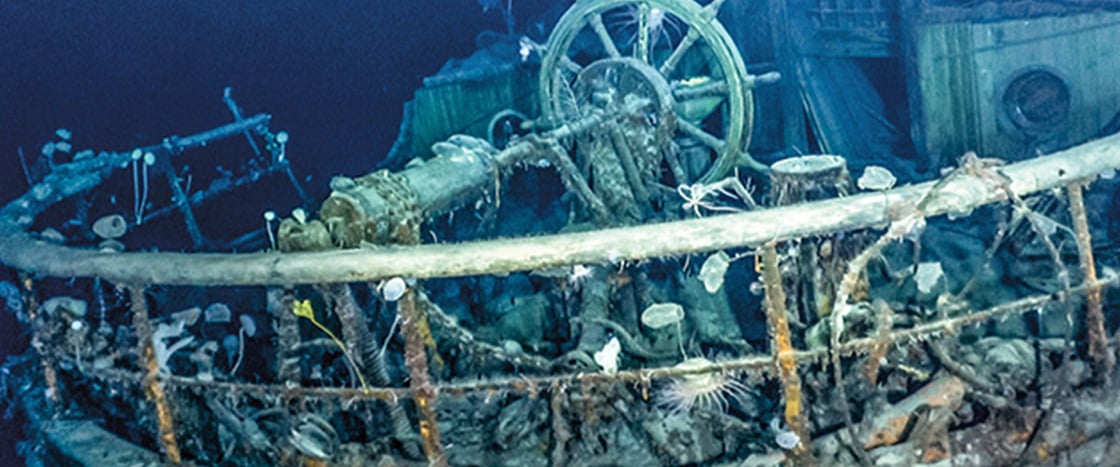Esther Horvath/Falklands Maritime Heritage Trust
Nico Vincent
This past March, a team of scientists and archaeologists made an exciting discovery in the waters around Antarctica. They found the wreck of a ship called Endurance. The ship sank in 1915 after being crushed by sea ice. Led by famous explorer Ernest Shackleton, the Endurance crew made a dangerous journey across the frozen ocean. Amazingly, they all survived. But the lost ship’s exact location remained a mystery for 106 years.
Nico Vincent led the underwater search for the wreck. He’s a subsea engineer and commercial diver. Vincent has spent years searching for shipwrecks. This, he says, was the most challenging search of his career.
This past March, a team of scientists and archaeologists made an exciting discovery. They traveled to Antarctica and searched the waters around it. Eventually, they found the wreck of a ship called Endurance. The ship was crushed by sea ice in 1915. It sank. The Endurance crew had to cross the frozen ocean. They were led by Ernest Shackleton. He was a famous explorer. Amazingly, the entire crew survived the dangerous journey. But the ship was lost. Its exact location remained a mystery for 106 years.
Nico Vincent led the underwater search for the wreck. He’s a subsea engineer and commercial diver. Vincent has spent years searching for shipwrecks. This, he says, was the most challenging search of his career.

